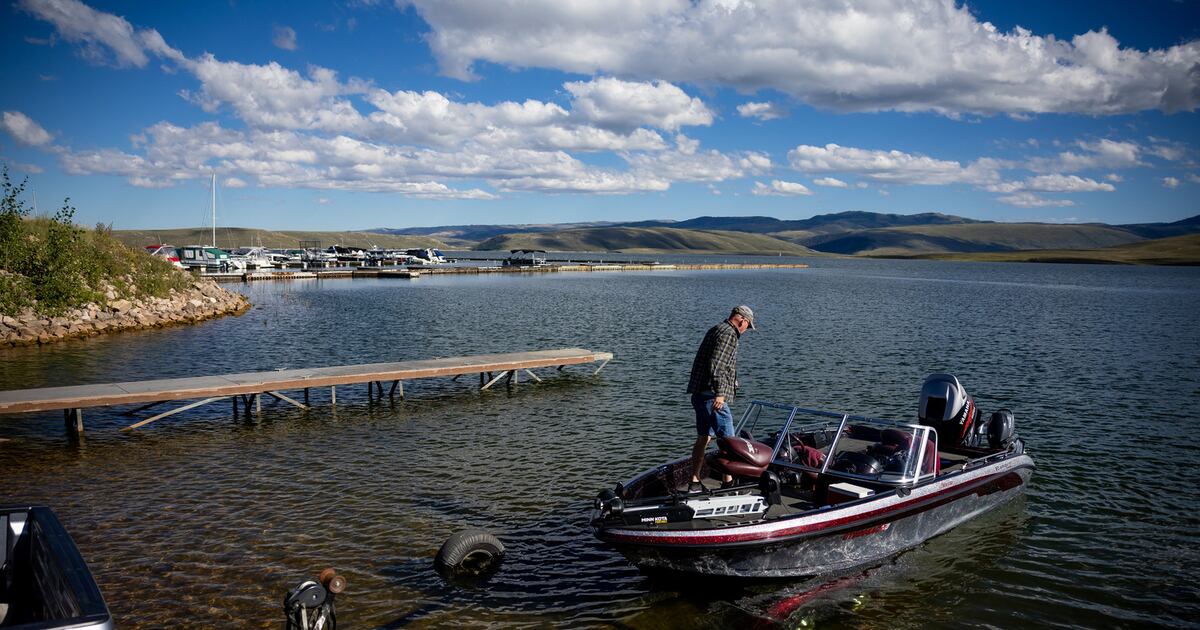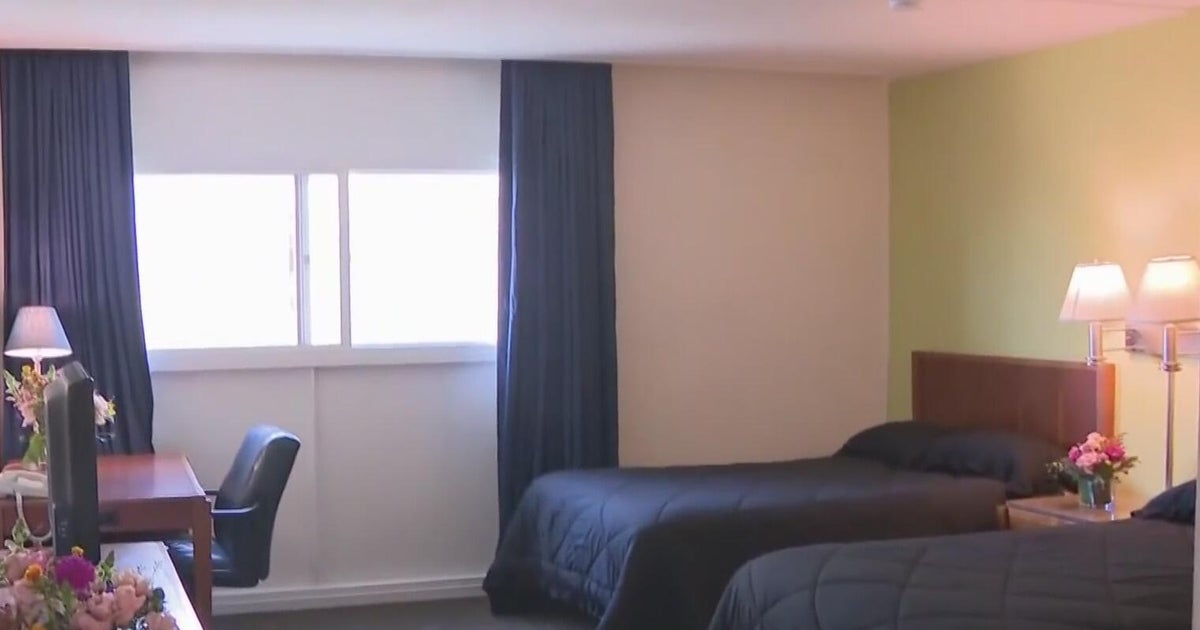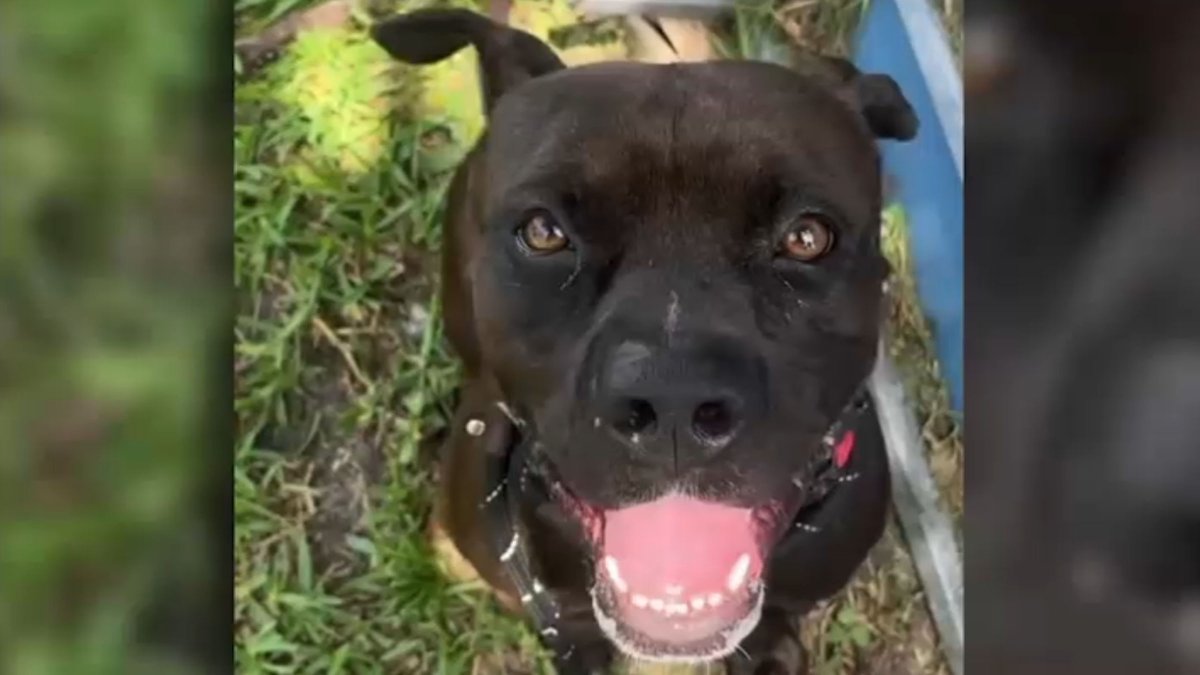- Utah’s latest holiday is called Utah Social and Community Health Day.
- The day was created to remind people to take care of relationships, make new friends and perform acts of service.
- The U.S. has what has been called a loneliness epidemic and Utah is not immune.
Utah
Why Utah's newest holiday could kick loneliness to the curb
The last Saturday in April — this Saturday — is a new state holiday.
The Utah Legislature created Utah Social and Community Health Day to nudge people to mind their relationships. The day is a reminder to nurture friendships and to reach out to others to counter the growing problem of loneliness, a challenge that has seeped through communities across the country.
“Think of it as a day to level up your friendships,” said Brent Reed, one of the architects of the holiday and a strong advocate for the value of forging connections. “Every major problem — and every joy — is easier to face when we’re not alone.”
The holiday’s goal, he told Deseret News, is to get everyone to do something, however small, to connect with someone else. He’ll be having lunch with an old friend he almost lost track of as both of their lives got busy.
Making a day to encourage action
Reed, 59, is a Highland dad with seven kids, who range from teens up to their 30s. He owns a window cleaning business. Reed said he got interested in the issue of social connections in 2023, when news stories were chronicling a loneliness epidemic. He took stock of his own life and realized he’d let many of his social connections drift away.
About the same time, Reed said he saw some of the work done by BYU professor of psychology Julianne Holt-Lunstad, who had been studying and publishing research on the impact of loneliness and isolation — which may not be the same thing. You can have people around you and still feel lonely. You can be by yourself and not feel lonely. But many people do suffer from feelings of one or the other — or both.
Reed got involved with “friendship labs,” coming up with tools to help people increase the quantity of their friendships and improve the quality. He kept trying different things, plagued by the notion that disconnection was a solvable societal problem.
But loneliness is tricky, he said, because no one wants to own that they feel that way. “Being lonely seems to be generally frowned upon,” he said.
He took his concerns to a legislator, who agreed that a day of recognition might be “leverage to tell people to take it more seriously.” State Sen. Brady Brammer, R-Pleasant Grove, sponsored SCR4, while state Rep. Steve Eliason, R-Sandy, carried it in the House. The resolution says the day, which became official in 2025, “recognizes loneliness and social isolation as critical public health priorities” and “urges individuals to prioritize building positive relationships and fostering social connections.”
Holt-Lunstad, a professor of psychology and neuroscience at Brigham Young University and director of the university’s social connections lab, believes having a designated day could be “an opportunity both for increasing awareness as well as for taking action.” She helped polish the resolution’s language.
She’s long been heavily involved in sounding the alarm about the very real dangers of loneliness and isolation, noting health risks more dangerous than obesity, air pollution, physical inactivity, excessive alcohol consumption or smoking 15 cigarettes a day.
“No factor is more consistently associated with long life and happiness than strong social connections,” she said, pointing to findings from Harvard’s Study of Adult Development, which is the world’s longest study of happiness.
When U.S. Surgeon General Dr. Vivek Murthy issued his advisory on loneliness, which he characterized as an epidemic, she was the scientific editor. She’s also a technical adviser to the World Health Organization’s commission on social connection. The commission will issue a new report in July.
Despite recent attention from officials, Holt-Lunstad said she thinks there’s a “significant lack of awareness around this issue” among the public. So besides the push to get people involved with each other on a personal level, she believes an awareness day provides an opportunity to “create messaging and campaigns and dialogue that can help us start to increase awareness around just how critically important our social connections are, not only for individuals, but the thriving of our communities and society.
“We know it impacts health, education, safety, prosperity, several different kinds of outcomes — and for far too long, our social connections have been taken for granted and so this is an opportunity for us to create awareness but also for communities to plan events, for individuals to take action in their own relationships and communities,” she said.
The day should remind people how important connections are, said Holt-Lunstad.
Reed said his own focus is on fortifying spiritual, relational health. “Lots of groups are building parks and paths, and there are lots of things that build community. But until you start talking to someone, making friends, going to lunch, it’s for naught.”
What he wants to do, he said, is “level up as a friend. If people did that, it would be fantastic.” It’s easy to let a relationship slide if it’s not minded, according to Reed, who is pretty sure that on Saturday he’ll be having lunch with someone who’s been his friend for 30 years, but with whom he almost lost touch, then working in the man’s backyard for a bit.
One small step
Helping others, doing things together — even chores — forms or strengthens bonds.
Holt-Lunstad talks about a randomized controlled trial she was part of that asked people to do just small acts of kindness for their neighbors over the course of a month. “What we found was that when people did that, that reduced loneliness, it reduced stress and it also reduced conflict in neighborhoods.”
Action on behalf of others is free, simple and anyone can do something, she said.
A single commemorative day is not going to change much, she adds, or be as helpful as something done consistently over time. But it could get people started thinking about others and launch some new connections.
Doing things with and for others makes people feel good. So it can lead somewhere important on a personal level.
“Relationships take time to develop and time to maintain,” she told Deseret News, noting the day “really should be a reminder, more than a one-off.”
There’s a website under development at Utahsocialhealthday.com. It will be built out with ideas for connecting and with different resources, Reed said.
Holt-Lunstad added that she’s glad the holiday focuses on social connection, rather than targeting loneliness explicitly.
“I think oftentimes we focus so much on the problem that we lose sight of what we’re aiming for. Social connection is something everyone needs and everyone can take part in. I’m happy that Utah is focusing on the bright spots.”

Utah
State law enforcement officers urge life jacket use after 2 weekend water deaths in Utah

WEBER COUNTY — As investigators looked further Sunday into the death of a cliff jumper at Causey Reservoir, state law enforcement officers urged people to wear their life jackets at Causey and on other bodies of water around Utah.
According to Sgt. Trent Currie of the Utah Department of Natural Resources Division of Law Enforcement, the man who died was not wearing a life jacket.
“Unfortunately, he did not resurface,” Currie said during an interview with KSL TV. “It’s a very tragic incident. Our condolences go out to the family. It’s very sad.”
Currie said a DNR Remotely Operated Vehicle (ROV) team helped recover the man’s body Saturday night from the chilly depths of the reservoir.
With that death and another death at Yuba State Park Reservoir Saturday, law enforcement officers were reminding people about life jackets.
“It’s very important to wear your life jackets,” Currie said. “Life jackets are required here [at Causey Reservoir] for everybody. You have to wear them whether you are swimming, on a kayak, or on a paddleboard.”
Under Utah law, each vessel — even a paddleboard or kayak — is required to have at least one U.S. Coast Guard-approved wearable or inflatable life jacket for each person on board.
Though the rules at Causey Reservoir require all adults and children to wear life jackets out on the water, Currie acknowledged that compliance has been a challenge, with possibly upward of 80 percent of people not wearing their life vests on any given day.
He said people could potentially be cited for not wearing life jackets or having them present in other parts of the state.
“It’s almost like wearing your seatbelt in a car out on the highways,” Currie said. “We would definitely recommend and suggest that you wear those life jackets.”
Kyler Klomp, who occasionally visits Causey with his family, was wearing a life jacket to paddle board on Sunday, but said he had heard why some people choose not to wear them when they go cliff jumping.
“I know some people don’t want to wear their life jackets for that because it kind of hurts when it comes up under the water,” Klomp said. “It’s still important to wear it no matter what.”
He echoed law enforcement’s encouragement of people to wear life jackets for their safety.
“Obviously there is risk when you’re dealing with the water,” Klomp said. “Don’t do anything too crazy, you know.”
Related stories: Paddleboarder dies at Silver Lake Flat Reservoir after helping child
Utah
Watch: ‘Firenado’ caught on video in Utah during Deer Creek Fire

A “firenado,” a large wildfire caught up in a swift tornado, was spotted in eastern Utah, near the Colorado border, last weekend.
The fire-induced tornado developed within the Deer Creek Fire just after 1 p.m. MT on Saturday, July 12, according to the National Weather Service (NWS). The “firenado,” which was given an EF-2 rating, lasted for about 12 minutes. Tornados ranked as an EF-2 are deemed “significant” and exhibit a wind speed of 111-136 miles per hour.
No injuries were reported by fire personnel, but buildings in the area did sustain fire and wind damage, according to the NWS.
“In a state built by pioneers who prepared for hard seasons, we must meet this moment with the same resolve,” Utah Sen. John Curtis wrote in an X post on Thursday, July 17. “I urge every Utahn to take seriously the fire restrictions currently in place.”
Watch ‘firenado’ form amid Utah wildfire
‘Firenado’ forms in Utah’s Deer Creek Fire
A massive fire vortex was seen forming at the Deer Creek Fire close to Utah’s border with Colorado.
What is the Deer Creek Fire?
Deer Creek Fire started on Thursday, July 10 and as of Friday, July 18, had burned more than 15,600 acres, according to Utah Fire. The cause of the fire remains undetermined. The fire is located within Deer Creek State Park, along the border of Utah and Colorado.
Is the Deer Creek Fire contained?
As of Friday, July 18, 11% of Deer Creek Fire was contained, according to Utah Fire.
Evacuation notices issued for Deer Creek Fire
The Montrose County Sheriff’s Office has issued pre-evacuations for areas around Deer Creek State Park. Residents in the affected areas are encouraged to check for local updates, prepare go-kits of supplies, put animal evacuation plans into place, inform loved ones of evacuation plans and leave areas that feel unsafe.
To sign up for emergency alerts, visit the Montrose County Sheriff’s Office at montrosecountysheriffsoffice.com/montrose-alerts/.
Greta Cross is a national trending reporter at USA TODAY. Story idea? Email her at gcross@usatoday.com.
Utah
Utah ‘firenado’ with 122-mph winds leaves behind terrifying path of destruction

A surging wildfire ripping through eastern Utah wilderness over the weekend triggered a rare “firenado”, unleashing a terrifying mix of wind and flames that left one home and several other outbuildings severely damaged.
The Deer Creek Fire had already burned several thousand acres just north of La Sal on Saturday when the column of flames and hot gases began spinning, creating the surreal sight of a firenado.
“One of our firefighters captured this unusual phenomenon of a fire vortex tearing through pinyon-juniper woodland on the Deer Creek Fire, just outside of La Sal,” said officials with the Utah Bureau of Land Management.
The firenado did significant damage as it wreaked havoc on a neighborhood caught in the blaze. The National Weather Service estimated that wind speeds inside the twister reached 122 mph – strong enough to rate an EF-2 on the Enhanced Fujita scale.
What’s worse, instead of typical tornadoes that may only spend moments to seconds blasting a neighborhood as the storm blows through, this firenado was nearly stationary, spending 12 minutes swirling its flame-infused fury.
“Dwellings and outbuildings in the area sustained a mix of fire and wind damage,” said NWS meteorologists in Grand Junction, Colorado, who later surveyed the damage. “Many of the affected structures burned after the tornado occurred, but wind damage sustained by the remaining structures resulted in the tornado being given an EF-2 rating.”
Luckily, residents had already evacuated with the approaching wildfire and no one was injured, NWS officials said.
Fire whirls or “firenados” are spinning columns of hot air and gases rising up from a fire, according to the National Wildfire Coordinating Group. When the air and gases rise, they also carry up smoke, debris, and even fire, as seen in the vortex of fire in the video.
The vortices can be as small as under one foot wide to over 500 feet wide, the NWCG said. Fire whirls on the larger side can be as strong as a tornado, as evidenced on Saturday.
One of the largest and most destructive fire whirls occurred in 2018 during the Carr Fire in Redding, California, the National Weather Service said. It had wind speeds of about 143 mph, equivalent to those found in EF-3 tornadoes.
Tornadoes in any form, be it thunderstorm or wildfire-driven, are rare in Utah.
The firenado was only the second twister to be given an EF-2 rating in Utah since the Enhanced Fujita scale was implemented in 2007. Prior to that, only nine other tornadoes had been rated at least an F2 on the original Fujita Scale since 1950.
Meanwhile, firefighters are still battling the Deer Creek Fire, which had burned more than 15,600 acres as of Thursday morning’s update. The blaze is about 7% contained. It’s one of eight large wildfires burning in Utah that have scorched over 60,000 acres so far this summer.
-

 Politics1 week ago
Politics1 week agoConstitutional scholar uses Biden autopen to flip Dems’ ‘democracy’ script against them: ‘Scandal’
-
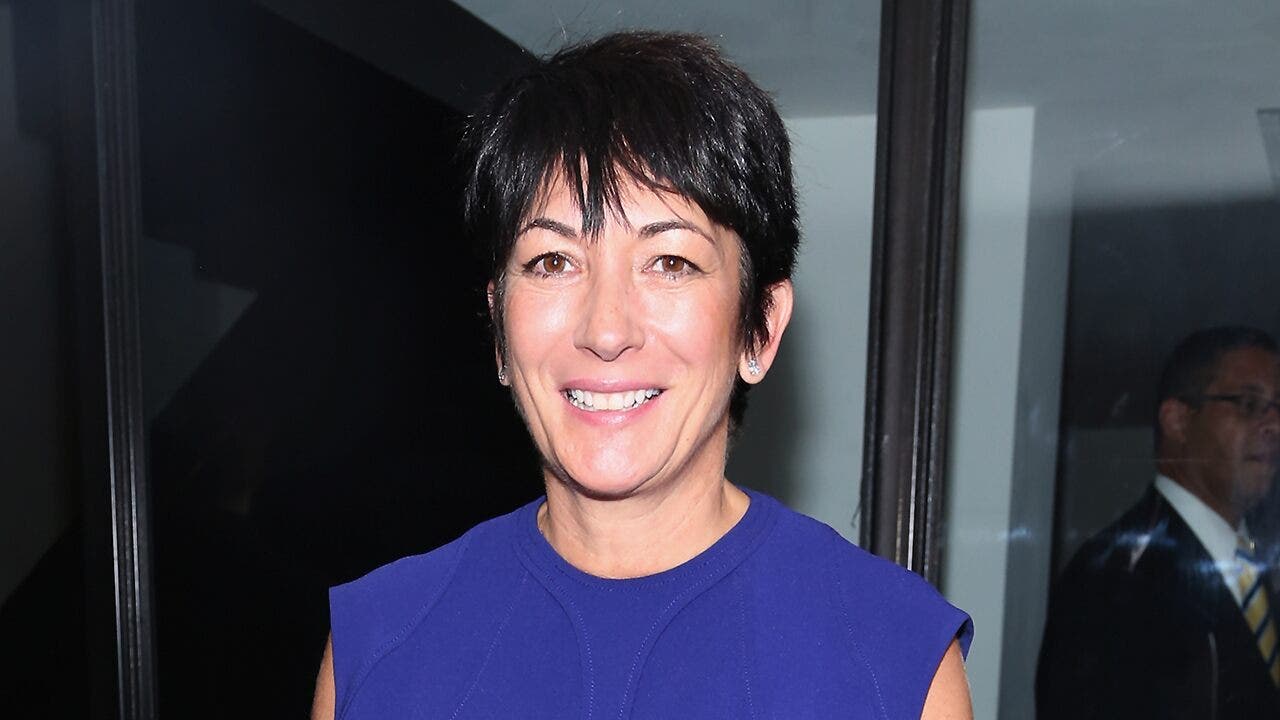
 Politics1 week ago
Politics1 week agoDOJ rejects Ghislaine Maxwell’s appeal in SCOTUS response
-

 Health1 week ago
Health1 week agoNew weekly injection for Parkinson's could replace daily pill for millions, study suggests
-
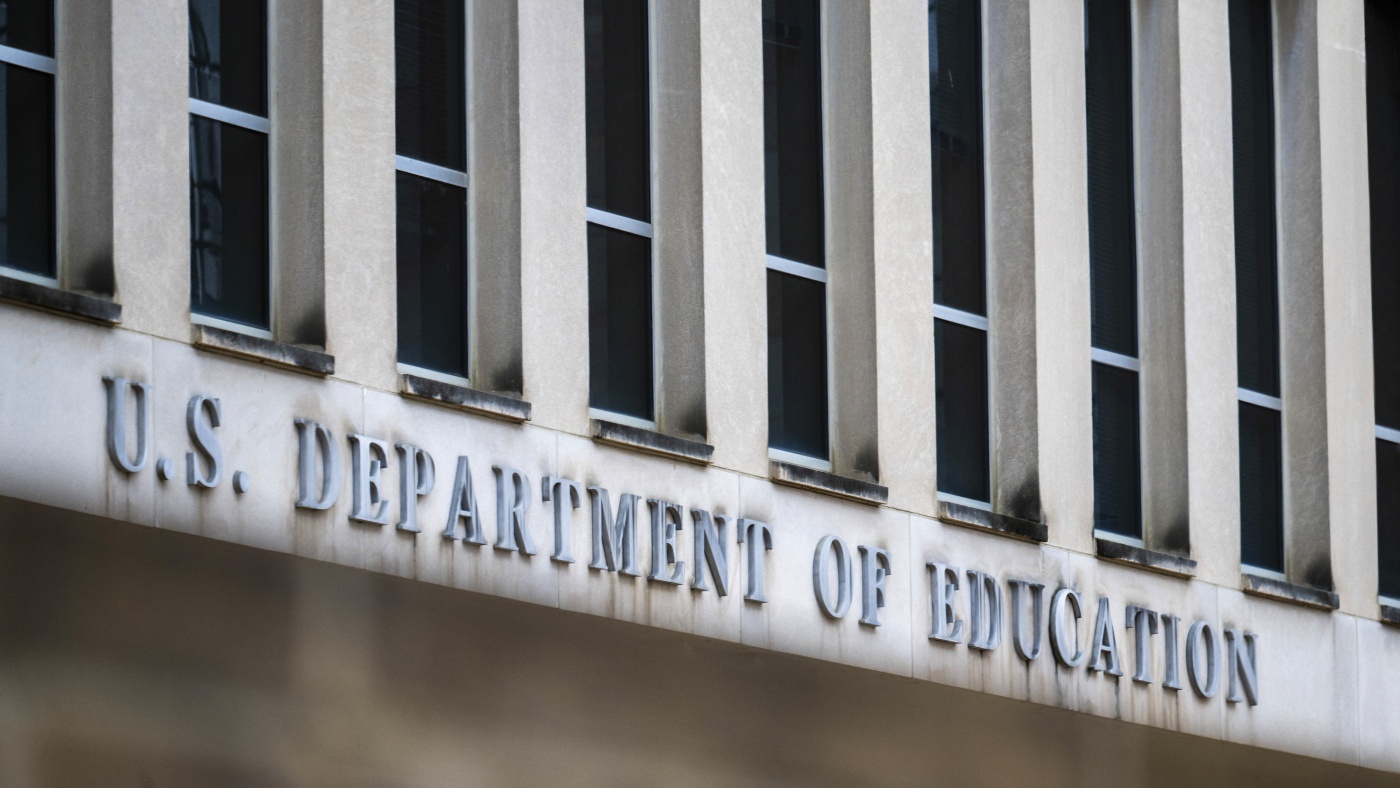
 News1 week ago
News1 week agoSCOTUS allows dismantling of Education Dept. And, Trump threatens Russia with tariffs
-

 Culture1 week ago
Culture1 week agoTest Your Knowledge of French Novels Made Into Musicals and Movies
-

 Business1 week ago
Business1 week agoShould You Get a Heat Pump? Take Our 2-Question Quiz.
-
Business1 week ago
Musk says he will seek shareholder approval for Tesla investment in xAI
-

 Sports1 week ago
Sports1 week agoEx-MLB pitcher Dan Serafini found guilty of murdering father-in-law

